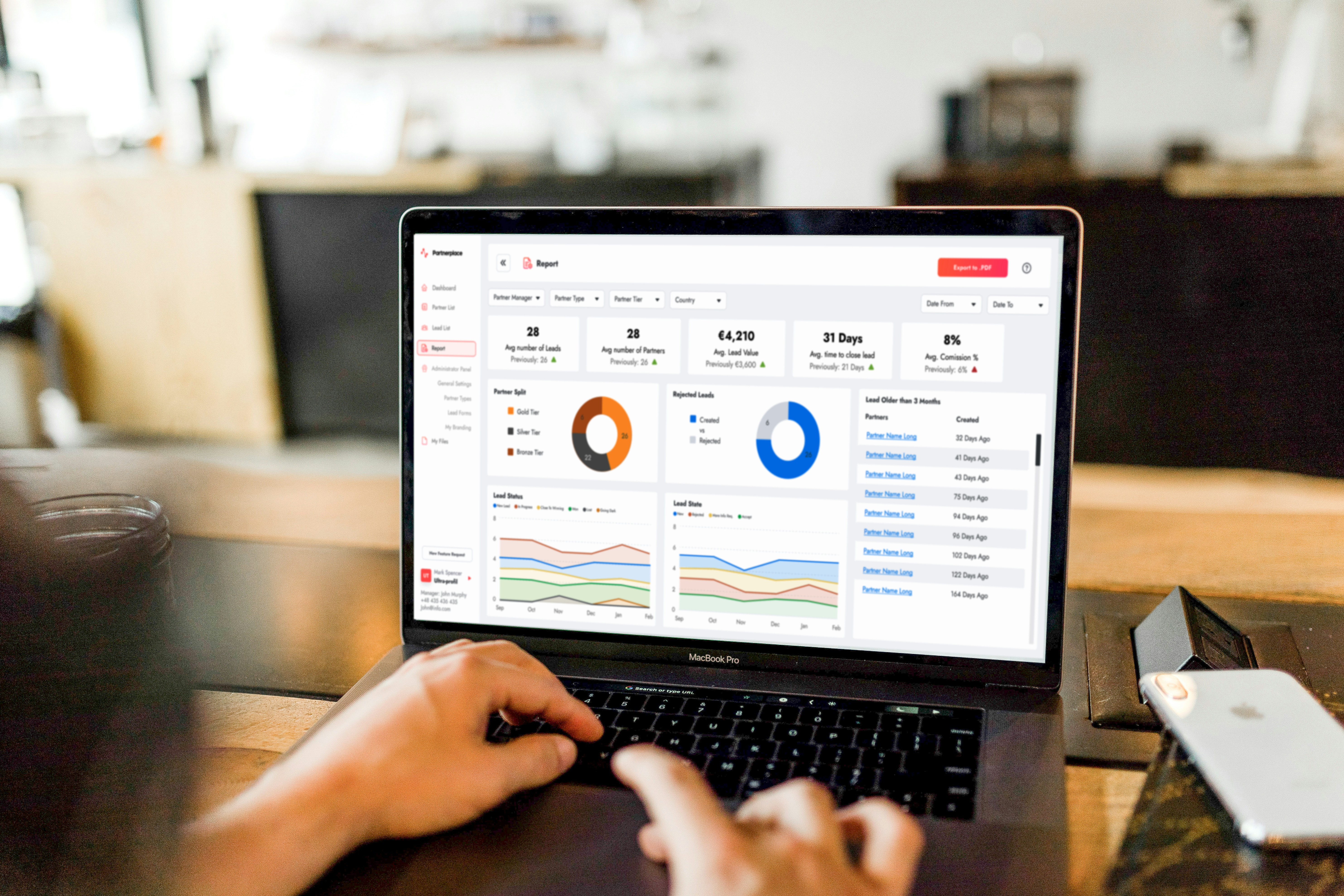Market development funds: Elevate your business | Partnerplace
Being a Partner Manager comes with a toolkit of strategies to foster partnership growth. From expanding networks with new partners to setting quarterly or yearly goals, educating partners to increase the chance of landing a successful deal, and collaborating on co-marketing activities. In this article, let's dive into Market Development Funds (MDFs) – a superb tool to elevate your partnerships.
What exactly are Market Development Funds?
Before delving into the nitty-gritty of MDFs, let's clear the air on what they are. Market Development Funds, often abbreviated as MDFs, represent a budget allocated to select partners that enhance their chances of acquiring new customers and sealing deals for your company.
Typically, these funds are dedicated to marketing activities that benefit both sides of the partnership.
For instance, consider a scenario where you provide an IT platform and have a network of software houses implementing your solution for end customers. In such cases, MDFs could be channeled into an ad campaign promoting the partner as an expert in your solution.
So, how do MDFs differ from standard co-marketing practices? The distinction lies in accessibility and rules. MDFs are generally available to most, if not all, partners and come with a set of restrictions/rules to follow. Instead of collaborating with a partner individually to promote the product, you provide them with a fixed budget and a predefined list of activities. This offers you greater control, as you know what marketing actions have previously proven effective.
What can MDFs be used for?
While every partnership is unique, common promotional tactics using MDFs include:
Content:
- Sponsoring articles
- Sponsoring reports
- Sponsoring books/publications
- Sponsoring guides/local documentation
Social Media:
- Promoting posts with case studies
- Promoting welcome posts ("welcome to our new partner X")
- Promoting partner spotlight posts (recurring posts informing about the partner)
- Sponsoring Social Media campaigns/multiple posts
- Sponsoring YouTube videos
Ads:
- Providing a budget for SEM (online ads)
- Providing a budget for a newsletter campaign
- Providing a budget for ABM (Account-Based Marketing) campaigns
- Providing a budget for outdoor posts/billboards
- Providing a budget for print ads
- Providing a budget for radio/TV ads
Events:
- Sponsoring conferences
- Paid speaking opportunities at events
- Organizing discussion panels with moderators
- Organizing local meetups
- Organizing and promoting virtual events
Other:
- Webinars/podcasts
- Promotional items/giveaways
- Conference swag
- Infographics design
- Contests/awards
- Lead generation campaigns (e.g., cold calling/cold mailing)
How to implement Market Development Funds in a strategic way?
To introduce MDFs effectively, you should focus on four key elements: determining who can receive them, how much should they receive, outlining criteria for when you can approve them, and establishing result measurement metrics. Let's break them down:
Who should receive the funds?
Tailor this to your partnership structure. Consider partner types, potential tiers (e.g., "gold" partners and above), or specific locations for increased brand exposure. You can implement two solutions:
- Require a certain level of partnership/commitment,
- Approval of each fund before usage.
This will ensure control and prevent unexpected expenses.
How much should you offer?
Choose between offering a set budget for each partner (e.g., 1000 Eur/year for Silver partners, 2500 Eur/year for Gold partners) or setting specific budgets for different marketing actions (e.g. max. 500 Eur to spend on ads/month). The latter provides more control but may limit partner creativity. You can implement both restrictions for additional control.
What should partners do to receive funds?
Only eligible partners should access MDFs. Once they have this option, they need to submit a request for funds. Each one should include details on usage, expenditure, and expected results. Approval ensures that activities align with your expectations, avoiding surprises and maintaining brand integrity. It will also allow you to control what marketing actions are taking place simultaneously. To give you an example if two different partners run ads at the same time, the Cost-Per-Click will raise and both partners (and you) will receive worse results from the action.
How will you measure results?
Partners should provide measurable data post-campaign, confirming performance. You can also require them to share screenshots for proof. This not only holds partners accountable but also provides insights into effective marketing actions for future promotion strategies. If you see a solution that works well, you can propose it to other partners or increase the budget for that action.
Please note, that you might end up in a situation where the results are lower than originally estimated by the partner. In most cases, I would suggest talking about this but not punishing the partner. In extreme cases, you can reimburse only part of the expenses, but make sure this was clear from the start (for example, defined in the MDF guide/rules). I would generally avoid such actions unless we are talking about some edge-case (e.g., no leads from a campaign that promised 10).
Market Development Funds best practices
- Allow flexibility by including an "other" option in defined marketing actions. This ensures adaptability while maintaining approval control.
- Allocate a portion of partner fees for the MDF budget, fostering a symbiotic relationship. For ex. if they have to pay 5000 Eur/year to be your partners, you can provide them with an MDF budget of 1500 Eur/year.
- Consider tying MDF budgets to earned commissions or the number of won leads, encouraging active partner involvement. In this case, the more leads the partner generates, the higher marketing budget he will have. This can also be a very good solution, if you choose to provide MDF’s for all partners. With this approach, they will be able to spend money only if they make money.
- Familiarize partners with program rules. Specify prohibited marketing actions and explain the expense approval process. Typically it is worth adding some “banned” expenses, such as SEM/SEO, payroll or conference wall.
In conclusion, while implementing MDFs can be complex, it doesn't have to be. Start with clear rules and manual approvals via email. As your partnership scales, consider automating the process via a PRM system. Add Market Development Funds to your partnership toolbox and watch your business grow exponentially.

Want to discuss partnerships further?
Let's connect to see how we can help you achieve success in your partnerships.
Share this
You May Also Like
These Related Stories

Partner prospecting: The art of finding and building alliances

Mastering Partnerships: CRM vs. PRM

